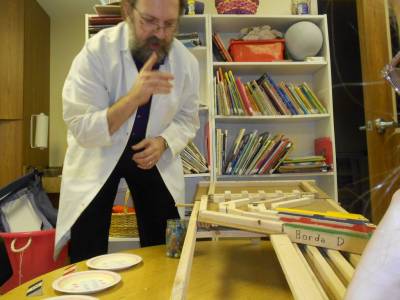
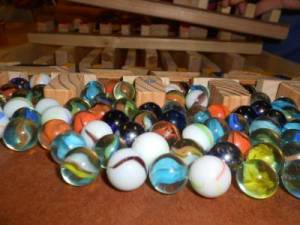
Imagine a world where the will of the people is more accurately reflected in government and where voters can truly vote for their favorite candidate regardless of party. Voting reform building momentum thanks to the work of advocates like one man teaching election theory for kids using his homemade models of voting methods.
In this interview, Peter A. Taylor, an enthusiastic voting method reformer, discusses his own creative addition to the world of voting method reform, a wooden tabletop demonstration of several voting systems designed and built by Mr. Taylor himself. Take a look at this exclusive interview with Mr. Taylor and be sure to check out the image gallery of his original creations below the interview.
Democracy Chronicles Interview with Peter A. Taylor:
Adrian: Thank you for taking the time to answer my questions. Your table top demonstrations of voting methods are quite inventive. Where did you get the idea?
Great Britain had a referendum a couple years ago on Instant Runoff Voting, and I got involved in a discussion over voting systems on a British libertarian website (Samizdata). I kept thinking that the big problem with Condorcet was getting people to sit still long enough to explain how it worked. Also, voting systems need to be taught in school as part of the civics curriculum. I wanted a teaching tool that was hands-on and visually interesting. It helps that my wife, Carol, was a teacher. Also, some time earlier, Carol had bought me a bandsaw at a garage sale, and we had built an elaborate model pyramid for a church curriculum on Egypt. I had gotten a lot of positive feedback for playing with a bandsaw, and was kind of looking for an encore.
Adrian: Where did you first get exposed to voting methods and how was your interest first sparked?
Back when the internet was young, I remember thinking that a guy named Lucien Saumer was obviously wrong in his claims about Condorcet producing different results than other, similar-looking systems. I sat down with paper and pencil to prove him wrong, and was surprised to find out he was right. I was also frustrated with how ineffectual the Libertarian Party was. With Arrow’s theorem and Duverger’s law, I find election systems interesting for both theoretical and practical reasons.
Adrian: Can you describe the table top voting method machines? How exactly do they work?
They’re all different. In the Borda machine, each marble represents one point. It’s just an adding machine. In Condorcet, each marble represents one vote, but each pairwise race has to be kept separate from all the others. By placing the voting sticks in reverse order (first on the bottom), your first choice candidate has the last word about where the relevant marbles go.
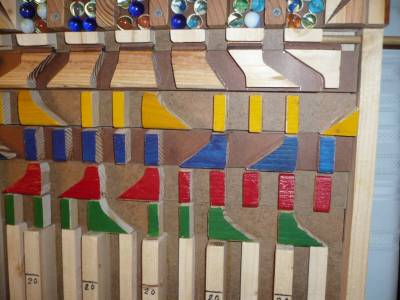
The tiebreaker gave me fits; each marble is a yes or no (sufficient or insufficient) result about whether a particular candidate has defeated another particular candidate. Each knob represents an input into a truth table, and each column functions as an “and” gate would in an electronic computer. (My father taught electronics.)
In addition to the wooden “Foosball game” approach to demonstrating how a circular tiebreaker works, I also toyed with a paper stencil system I called “Mondrion Bingo” and a playing card-based approach I called “Spy vs. Spy”, but they were more prone to operator errors. Fortunately, Carol had talked me into limiting the choices to four candidates, because complexity goes with n factorial. The important thing is that people can see how the marbles move, and that they behave in an orderly way. I’m not in a position of saying, “Trust me, it came out of a computer.”
Adrian: Do you have any plans for the project? How are the pieces holding up over time?
I would like to make a YouTube video of my presentation, but my interest in voting systems (and confidence in their importance) has always been sporadic. I thought about making some formal drawings, or possibly even building kits, but I don’t know if there’s enough interest to justify it. The pieces are holding up fine, but they haven’t seen all that much use, and I’ve been careful with them. The dowels that stick out are a weak point.
Adrian: Is there anything that you would like to mention that hasn’t been covered?
There is a book, _Gaming the Vote_, by William Poundstone that I need to read. I may have to eat my words regarding the evils of Borda and the virtues of Condorcet and Instant Runoff. There is another book, “The Myth of the Rational Voter”, by Bryan Caplan, that also gives me grounds for doubt about any election system. John Ferejohn’s comments about “the logic of coalition- forming” in “Reflecting All of Us” also make me nervous about having to eat my words. Thank you for your interest!
For more information on election methods, Democracy Chronicles conducted an exclusive interview series with an international group of election method proponents including prominent signers of the Declaration of Election-Method Reform Advocates. The best place to start off is the Democracy Chronicles introduction and then take a look at each of these interviews:
- Richard Fobes – Election Method Reformer Speaks With DC
- Aaron Hamlin – Interview With President of Center for Election Science
- Andrew Jennings – Redistricting, Vote Splitting and Honest Voting
- augustin – Writer Discusses Election Reform and New Website
- Michael Allen – Election Method Reformer Seeks Radical Changes
- Jameson Quinn – Election Expert Discusses Reform in US and Guatemala
- Michael Ossipoff – Democracy Chronicles Author Discusses Approval Voting
- Robert Bristow-Johnson – Expert Demands Reducing Money in Elections
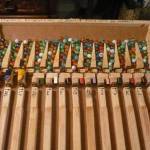
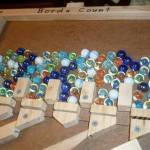
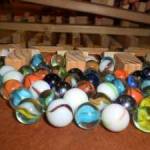
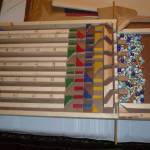

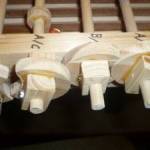
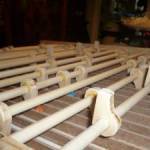
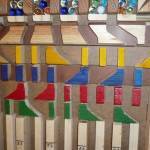
Michael Ossipoff says
Peter Taylor–
You wrote:
[quote]
I may have to eat my words regarding the evils of Borda and the virtues of Condorcet and Instant Runoff.
[/quote]
Don’t worry–You won’t have to.
Borda is completely inadequate.
There are Condorcet methods that are excellent for current conditions, and there are other Condorcet methods that are excellent for the better conditions that would obtain in an Americal that has just elected the Greens to office.
IRV is inadequate under current conditions, in whic the public are successfully deceived by disinformational media–Those conditions require a method that never gives incentive to favorite-bury. But IRV would be an excellent method under the Green conditions referred to in the previous paragraph.
Additionally, there are Condorcet methods that likewise would be excellent under those better conditions.
One such Condorcet method is Condorcet-IRV, which is used in the poll on party platforms, at the Condorcet Internet Voting Service, about which Democracy Chronicles has published a recent article.
In that article, I define Condorcet-IRV.
IRV, and especially Condorcet-IRV, are also good for organizational voting. Condorcet is one of the top methods that I recommend for that, and for official public elections under the better conditions that I spoke of above.
As for other Condorcet methods, such as Beatpath, Ranked-Pairs, Kemeny, etc, they aren’t good enough, under any conditions.
That voting service website can be reached at:
https://www.cs.cornell.edu/andru/civs.html
Scroll down the right margin, to the box containing a list of current polls. The party platforms poll will be there. You’re invited to vote in it. While you’re at it, why not also vote in the 2012 presidential election poll, listed there as well. If you click “More”, that will take you to the “Public Polls” page.
Michael Ossipoff
Richard Fobes says
Marble voting machines provide a great way to demonstrate (and learn about) how each voting method works.
In addition, they reveal which voting methods are simple, and which voting methods are complex.
My favorite single-winner voting method, the Condorcet-Kemeny method (also called VoteFair popularity ranking), can be implemented in a marble machine that has only one moving part (not counting the marbles). The design for this machine is posted at http://www.VoteFair.org in the “marble machine” tab, which is within the “about VoteFair ranking” tab. So far no one has built this marble machine, but when a video of a working version becomes available it will certainly be posted here at Democracy Chronicles.
Interestingly a marble machine that does instant-runoff voting (IRV) would require many moving parts (even though it is simple to demonstrate using paper ballots).
Bravo to Peter Taylor for building these marble machines!